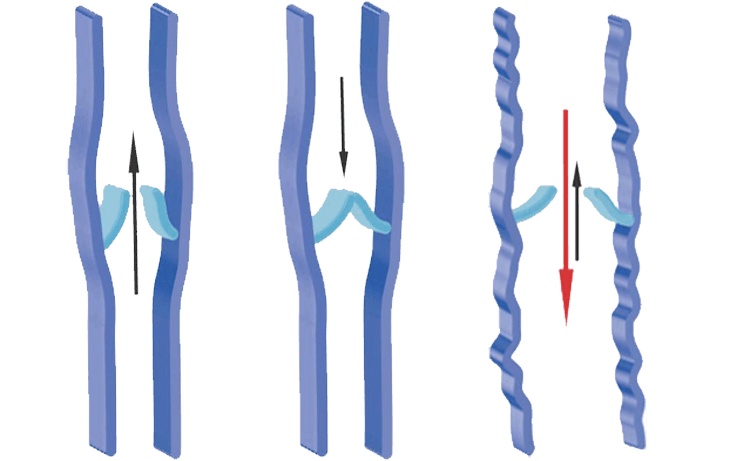Veins
The veins carry the deoxygenated blood from the tissues back to the heart and lungs, where it is enriched with oxygen. The venous valves play an important role here, because they prevent the venous blood from flowing back into the legs by acting as a valve. In the case of dilated veins, the venous valves are leaky and the blood flows back in the wrong direction, namely back into the legs (venous reflux). This creates increased pressure in the leg veins (venous hypertension). Over time, the increased pressure and reflux cause damaging congestion in the leg veins, leading to the development of varicose veins and congestion symptoms, including leg ulcers. The timely examination and treatment of varicose veins spares the patient from late effects such as bruises and brown spots on the legs, massive spider veins, venous bleeding, phlebitis and leg ulcers. Modern, minimally invasive treatments for varicose veins, such as the radiofrequency (RF) method (ClosureFast catheter), laser catheter, medical vein glue (Venaseal catheter) and ultrasound-controlled foam sclerotherapy are safe, painless and very successful.

Individual consultation
Individual consultation: We would be happy to consult you extensively on the individual examinations and treatment options in one of our offices. You are also welcome to schedule an appointment online.
